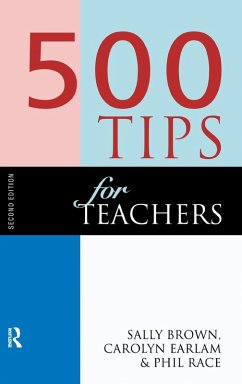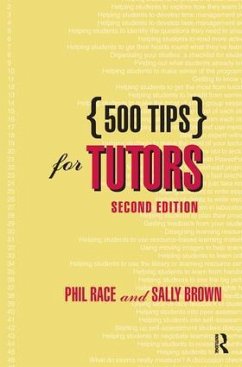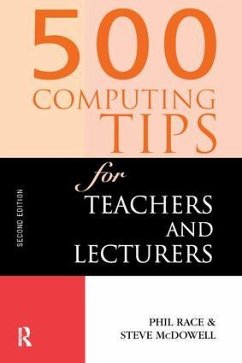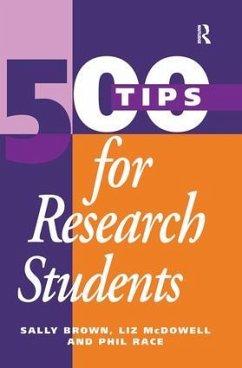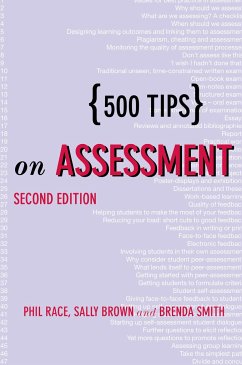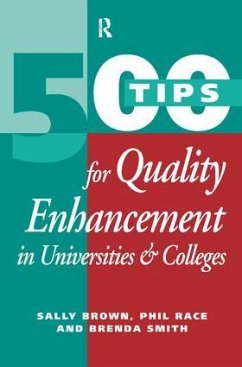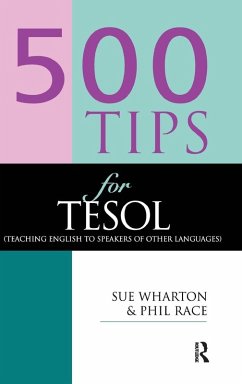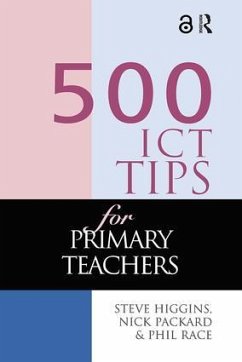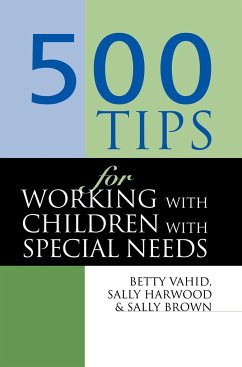
500 Tips for Open and Online Learning
Versandkostenfrei!
Versandfertig in 1-2 Wochen
100,99 €
inkl. MwSt.
Weitere Ausgaben:

PAYBACK Punkte
50 °P sammeln!
This guide provides user friendly advice and support for those currently involved with open learning and those considering it for the first time.





